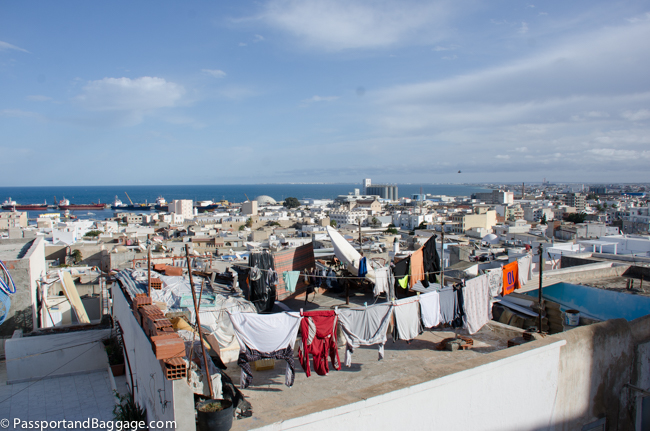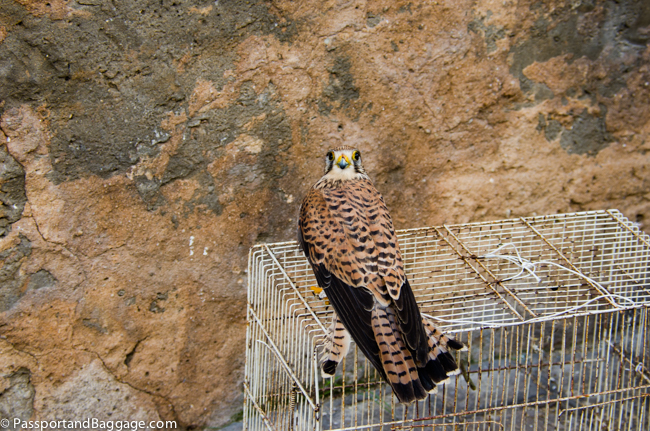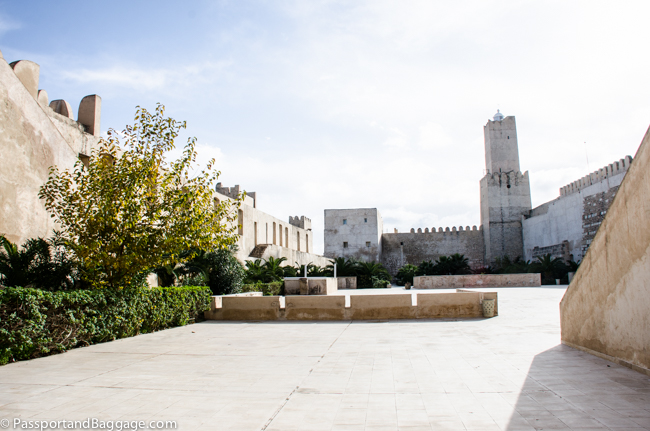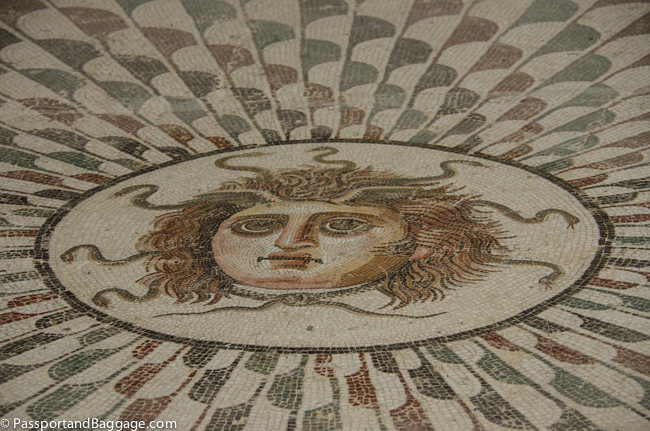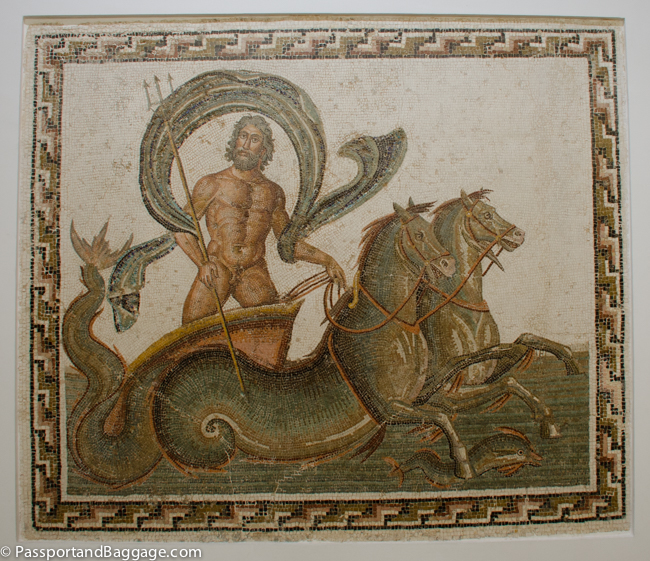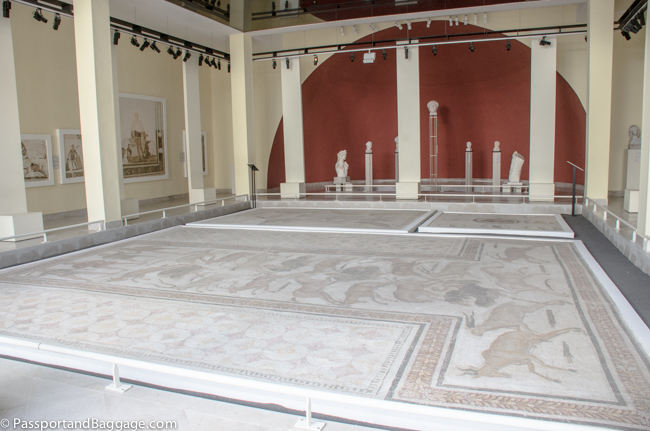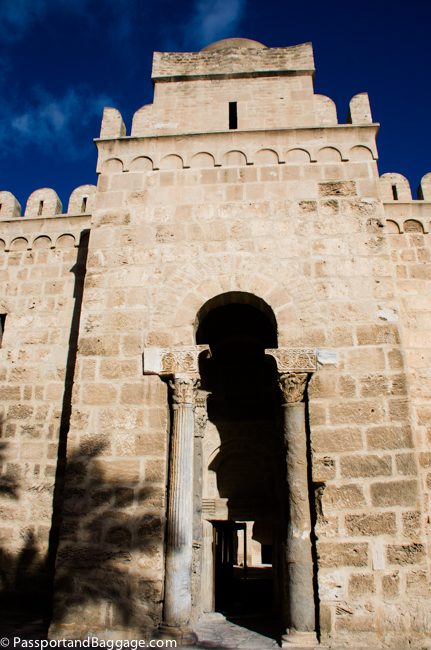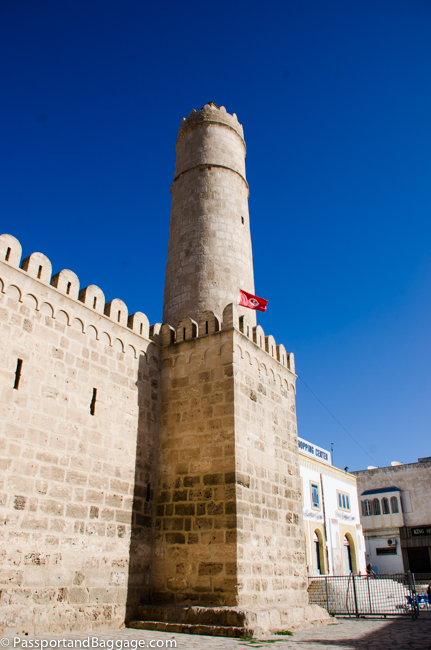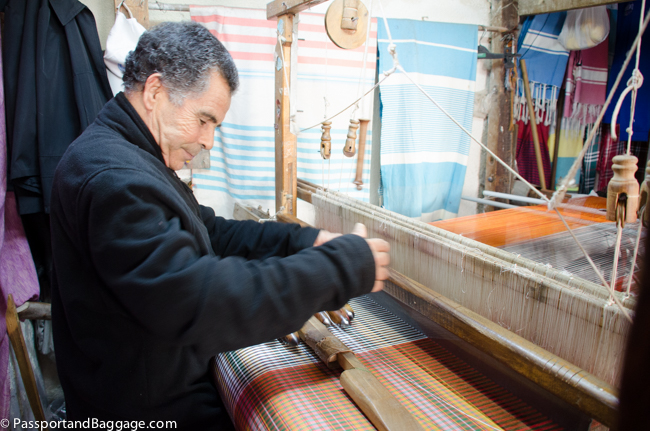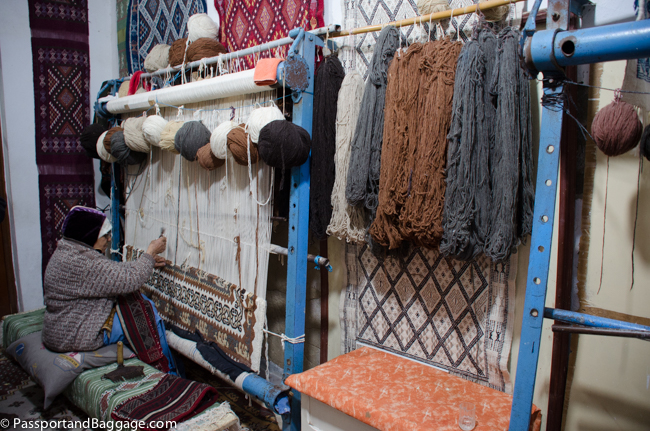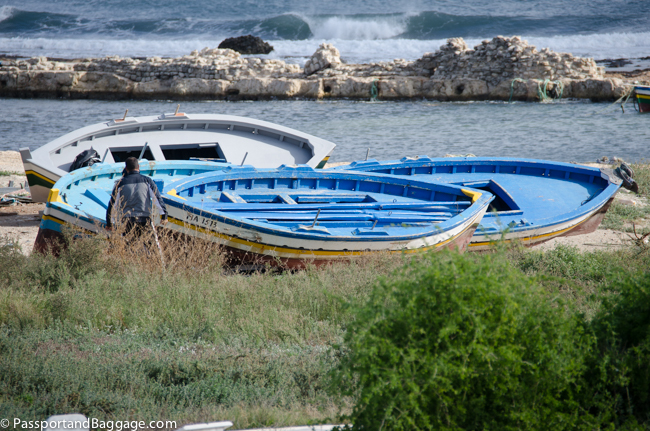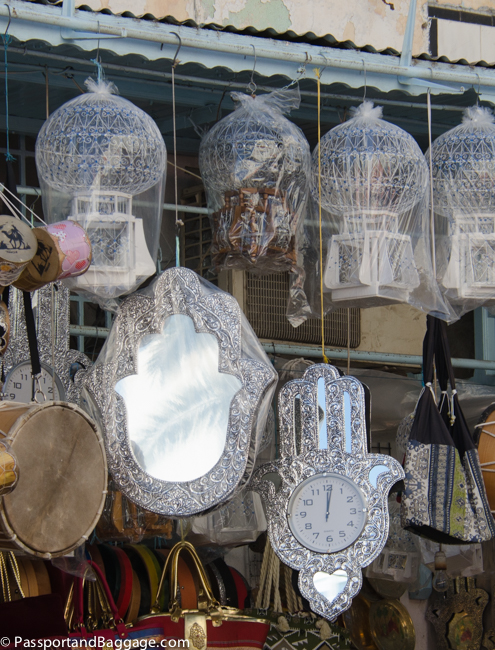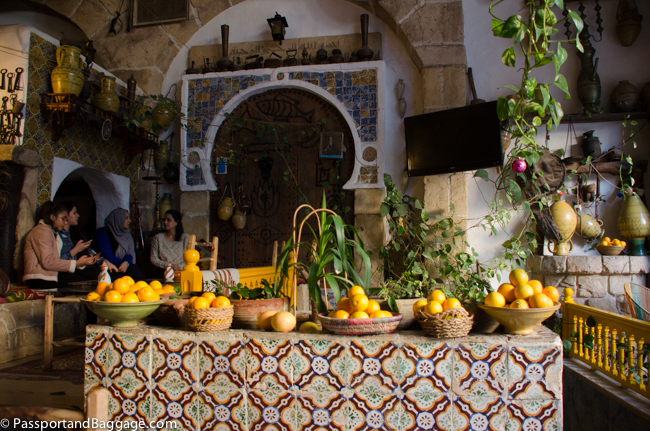December 8, 9 and 10, 2019
Sitting on the Gulf of Hammamet, Sousse looks out on the Mediterranean, albeit, through its very large working port, and it is enclosed on the landward side by miles of olive groves.
Sousse was an important commercial and military port during the Aghlabid period (800–909) and is a typical example of a town dating from the first centuries of Islam.
The Aghlabid dynasty was an Arab Muslim dynasty that ruled Ifrīqīyah (Tunisia and eastern Algeria) from CE 800 to 909. The Aghlabids were nominally subject to the ʿAbbāsid caliphs of Baghdad but were in fact independent. Their capital city was Kairouan.
The ancient medina is a UNESCO World Heritage Site once featured in the Indiana Jones movies as a substitute for Cairo. It is so very similar to most other Medina’s that I have seen in Tunisia, but with a cleaner and for some reason, more sophisticated feel to it.
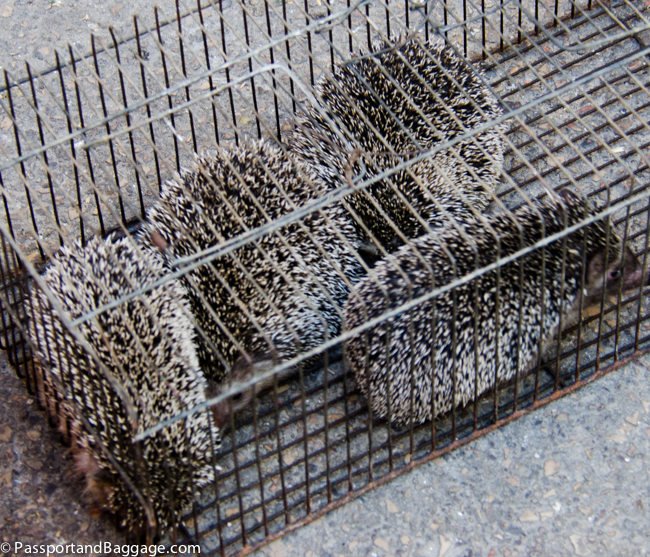
All sorts of animals are for sale in the Medina at Sousse, including the first hedgehogs I have ever seen.
The Kasbah of Sousse is one of the finest examples of North African military coastal architecture. The fort stands at the high point of the medina and was built into the city walls in the 11th century. It incorporates the square Khalef tower, which was built by the Aghlabids in AD 859 at the same time as the city walls.
The Kasbah (a citadel of a North African city) now houses the Archeology museum with the second largest collection of Roman mosaics outside of the Bardo Museum.
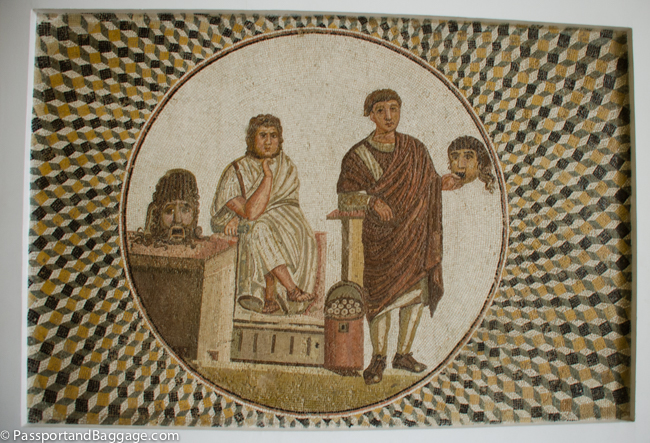
A poet sitting holding a parchment with tragic masks on his right and left. The second character, sitting is a comedian
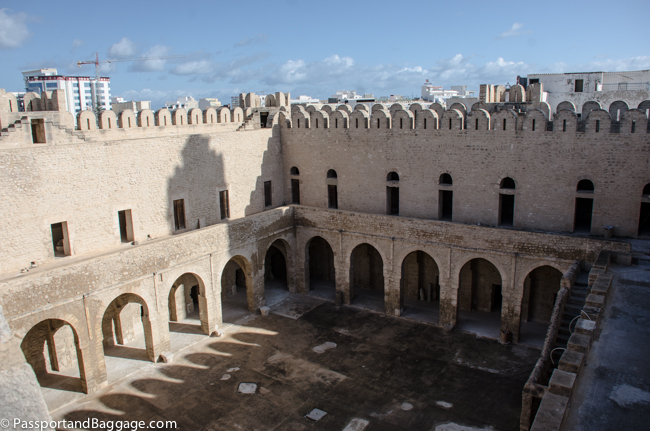
The Ribat is the oldest monument in Sousse’s medina, built in the final years of the 8th century AD as a fort. It was garrisoned by devout Islamic warriors, who divided their time between fighting and silent study of the Quran in its tiny, cell-like rooms.
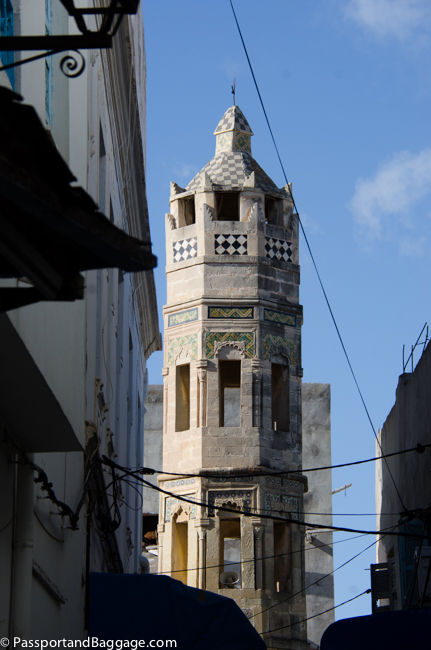
One of the more appealing minarets in Sousse the 17th-century Zaouia Zakkak. In Tunisia, the minarets are usually square a mark that they follow the Malekite school of Islam. The octagonal minarets are a holdover from the Ottoman time and the Hanefite School
Mahdia
A two hour, 50 cent train ride from Sousse is the seaside town of Mahdia, known for its weaving.
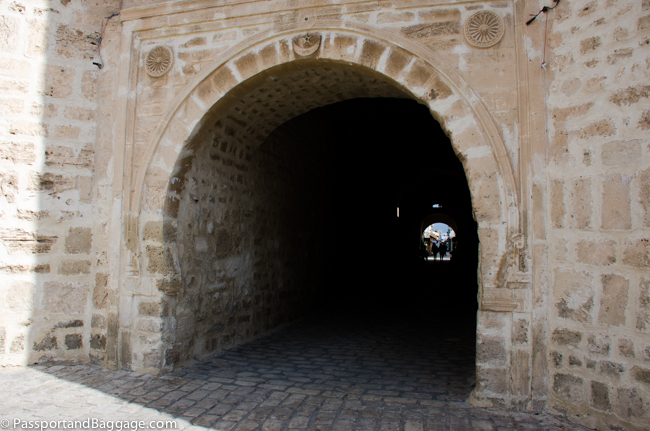
You enter the Medina of Mahdia through a long tunnel called the “Skifa Kahla”. It was the entrance to this once forbidden citadel, strictly reserved for the court of the Fatimid Caliph.
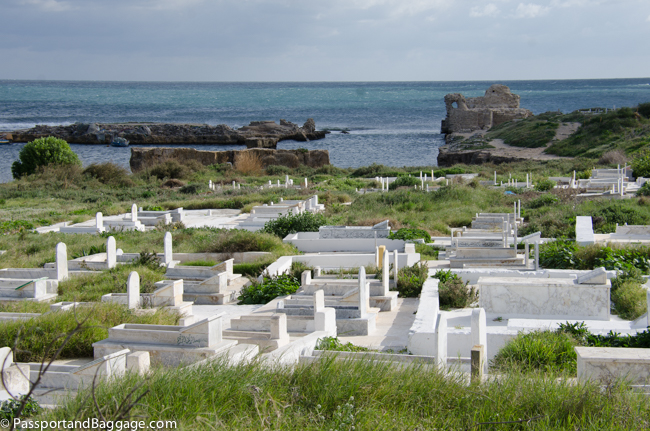
At the foot of the Turkish stronghold Borj El-Kebir, in Mahdia, white graves all point to Mecca. The Mahdia cemetery was founded in the 10th century atop a Fatimid City when the Arabs arrived in the village. It is still in use by the village. The Fatimid Caliphate was an Ismaili Shia caliphate that spanned a large area of North Africa from 909 to 1170 CE.
*
